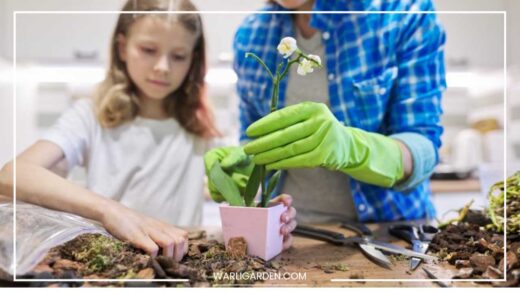3 Interesting Common Varieties of Orchids
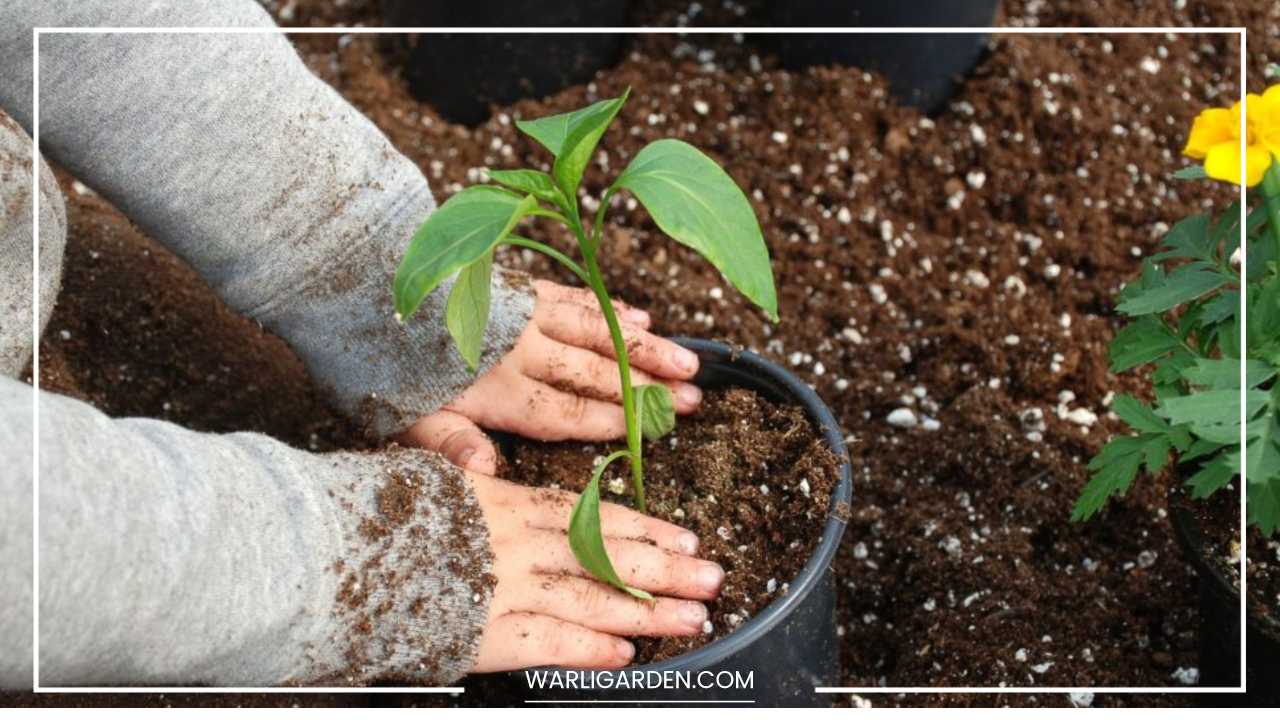
Orchids Varieties
3 Must-See Orchid Varieties for Every Plant Enthusiast
The orchid family boasts a staggering 22,000 known species, offering a dazzling array of shapes, sizes, and colors.
While exploring them all might be a lifetime endeavor, here are 3 captivating and relatively common varieties that will pique any plant lover’s interest:
1. The Enigmatic Darwin’s Orchid (Anraecum sesquipedale):
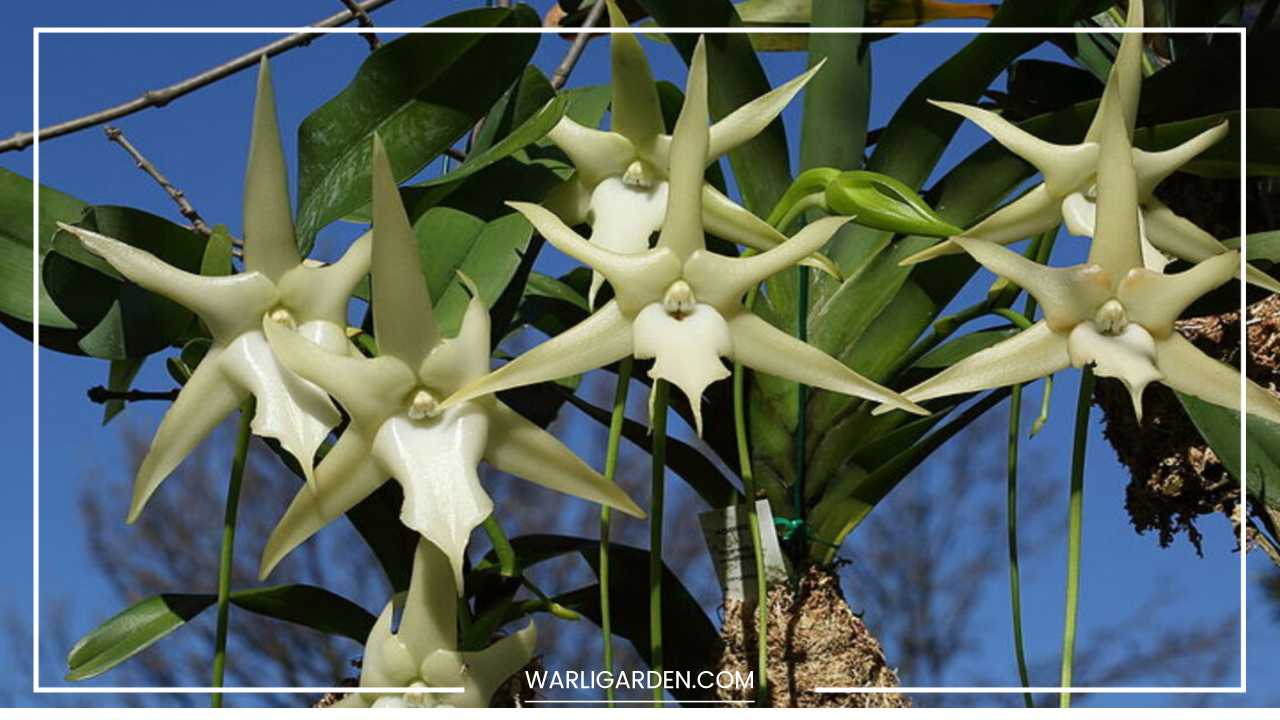
Anraecum Sesquipedale
- Nicknames galore: This orchid is also known as the Star of Bethlehem Orchid, Comet Orchid, Christmas Orchid, and King of the Angraecums.
- A historical mystery: First discovered in 1798 by French botanist Louis-Marie Aubert du Petit-Thouars, it remained uncategorized until 1822.
- Habitat: Look for these beauties clinging to tree branches or trunks in the lowlands of Madagascar. Interestingly, larger plants tend to reside lower (around 12 feet from the ground) compared to their smaller counterparts.
- Starry spectacle: Darwin’s Orchid boasts waxy, star-shaped flowers clustered in impressive 30-centimeter inflorescences (flower clusters). The blooms start green, transforming into a captivating display of white and light green after a few days. True to its nickname, flowering occurs around December and January.
2. The Sweet-Scented Vanilla Orchid (Vanilla planifolia):
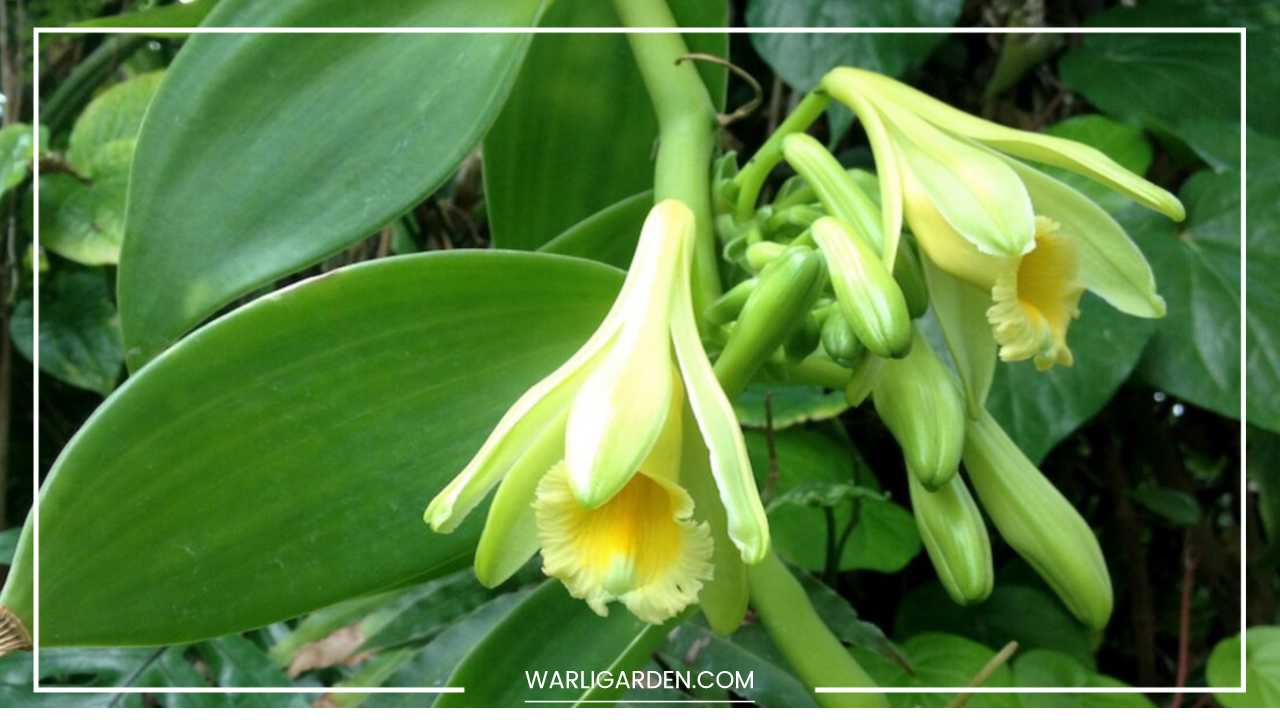
Vanilla Planifolia
- Beyond the bean: Vanilla planifolia is just one of over 60 species in the Vanilla genus.
- Aztec origins: This orchid’s history stretches back to the 16th century, when the Aztecs first discovered its potential.
- Tropical paradise: Vanilla planifolia thrives in hot, humid climates, typically found in Mexico, Madagascar, and parts of Asia. These vining orchids gracefully climb tree trunks and branches.
- A fleeting fragrance: The yellow-green flowers of Vanilla planifolia, measuring around 5 centimeters, only last for a day or so. Interestingly, these blooms require manual pollination to produce fruit – the long pods we know as vanilla beans!
3. The Rarest of the Rare: The Frankston Spider Orchid (Caladenia robinsonii):
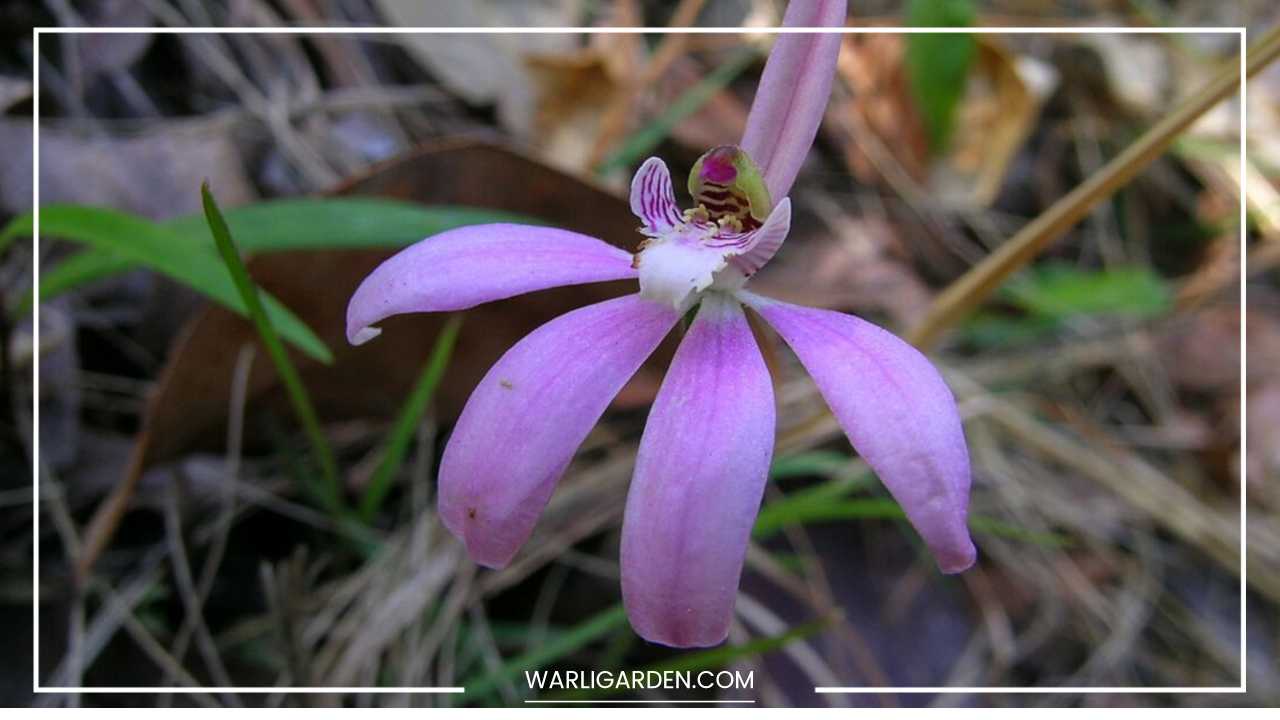
Caladenia Robinsonii
- A race against time: This orchid is a true rarity, first described in 1991 and facing potential extinction. The initial population discovered near Frankston, Australia, was sadly destroyed for development.
- Conservation efforts: Thankfully, a second population was found. However, threats like weeds, rabbits, and human activity endanger the remaining 40 or so plants. To combat this, the Royal Botanic Gardens launched a rehabilitation program, planting over 150 Frankston Spider Orchids in 2010.
- A unique beauty: Endemic to Victoria, Australia, this orchid thrives in the state’s diverse climate, adapting to both hot, semi-arid areas and cooler, temperate zones.
- A fleeting glimpse of wonder: Each mature plant produces a single, stunning flower with red and yellow hues, carried on a hairy stem that can reach 30 centimeters. The blooms, measuring around 4 centimeters, feature narrow sepals that spread out horizontally, resembling a spider in form. They grace the landscape with their presence between September and October.
These are just a taste of the captivating world of orchids. With their diverse beauty and intriguing stories, these fascinating plants offer endless exploration for any curious plant enthusiast. So, why not embark on your own orchid adventure and discover the wonders these botanical marvels hold?
Expanding Your Orchid Knowledge: Beyond the Basics
Having explored these captivating varieties, let’s delve deeper into the world of orchids. Here are some additional aspects to consider:
- Choosing your perfect orchid: With so many varieties available, consider factors like your lighting conditions, watering preferences, and desired bloom time. Research beginner-friendly orchids like Phalaenopsis (Moth Orchid) or Dendrobium for a smooth start.
- Creating the ideal orchid haven: Most orchids thrive in bright, indirect sunlight with good air circulation. Invest in a humidity tray or humidifier to mimic their tropical origins. Orchid-specific potting mix allows for proper drainage and root aeration.
- Watering wisdom: Unlike most plants, orchids don’t appreciate constantly wet roots. The “soak and dry” method is ideal: completely submerge the pot in water for 10-15 minutes, then let it drain thoroughly before placing it back in its pot (avoid leaving it in standing water). The frequency of watering depends on the variety, pot size, and climate, but generally, the roots should turn silvery-white between waterings.
- The magic of orchid feeding: While orchids don’t require heavy feeding, a diluted orchid fertilizer used once a week during active growth periods (spring and summer) can provide a welcome boost. Remember to flush the potting mix regularly to prevent fertilizer build-up.
- The thrill of the rebloom: After your orchid finishes flowering, proper care can encourage it to bloom again. Research specific pruning techniques for your orchid variety to stimulate new flower spikes.
By understanding these basic care principles, you can nurture your orchids and witness their breathtaking blooms season after season.
Remember, the orchid community is vast and welcoming. Online resources, forums, and local gardening clubs offer a wealth of knowledge and support for your orchid journey. Happy growing!
Venturing Further: Exploring the Fascinating World of Orchids
The orchid world extends far beyond these few examples. Here’s a glimpse into some truly unique and captivating varieties:
- Slipper Orchids (Paphiopedilum): These flamboyant beauties feature pouch-like “slippers” that cradle the central stamen, often adorned with striking colors and intricate patterns.
- Jewel Orchids (Ludisia discolor): Unlike most orchids, these stun with their vibrantly colored foliage, featuring stripes, veins, and speckles of silver, purple, and red. Their flowers, though small, add a delicate touch.
- Catasetum Orchids: Nicknamed “Darwin’s Dancing Orchids,” these botanical marvels feature male flowers with a hinged lip. When a bee lands on the lip attempting to collect pseudo-pollen, it gets flung backwards, promoting pollination.
- Ghost Orchids (Dendrophylax lindenii): These ethereal beauties lack chlorophyll, the pigment responsible for green color in plants. They obtain nutrients through a symbiotic relationship with fungi, appearing almost transparent with cascading white to yellow flowers.
Beyond Aesthetics: The Ecological Significance of Orchids
While their beauty is undeniable, orchids play a vital role in the environment:
- Pollination Partners: Many orchids rely on specialized pollinators like bees, butterflies, or even hummingbirds. Their unique flower shapes and fragrances attract these specific pollinators, ensuring successful reproduction.
- Indicators of Ecosystem Health: Certain orchid species are particularly sensitive to environmental changes. Their presence or absence can act as a gauge for the health of a particular ecosystem.
- Medicinal Applications: Some orchid species have medicinal properties. Vanilla orchids, for instance, are not just for flavoring; certain varieties have been used to treat coughs and fevers in traditional medicine.
Conservation Efforts: Protecting Orchid Diversity
With habitat loss and illegal poaching being major threats, orchid conservation is crucial. Here’s how you can contribute:
- Support Botanical Gardens: Many botanical gardens house diverse orchid collections and actively participate in conservation efforts. Consider visiting or donating to support their vital work.
- Choose Sustainable Orchids: When purchasing orchids, inquire about their origin and opt for sustainably sourced plants.
- Spread Awareness: Share your fascination with orchids and the importance of conservation with friends, family, and plant communities.
By appreciating the multifaceted world of orchids, from their captivating beauty to their ecological significance, we can become responsible stewards and ensure their continued existence for generations to come.


